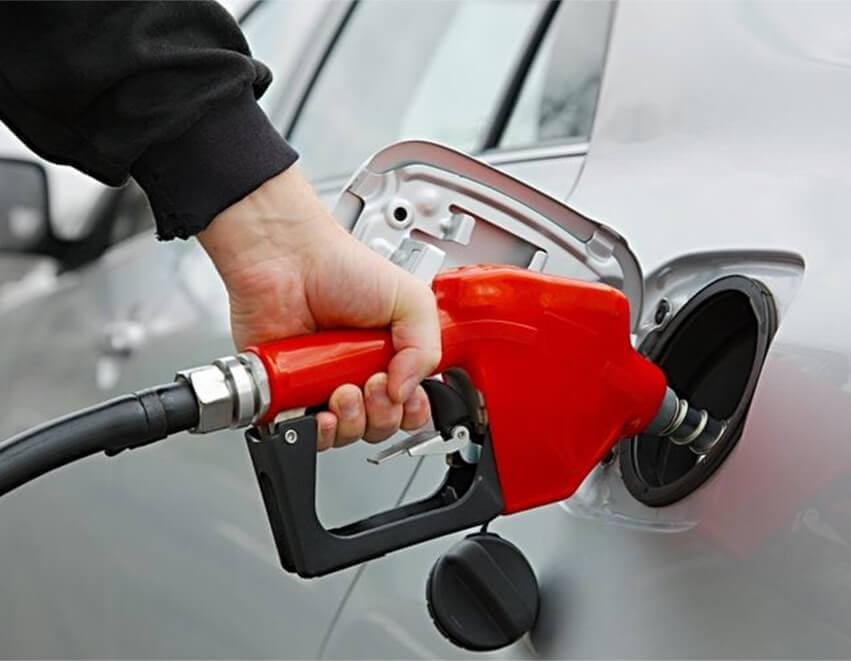Understand the critical factors for choosing an oil flow meter, including flow rate capacity, fluid properties, and operating pressure. Select the best meter for your business operations.
Accurately tracking petroleum usage enables better inventory management, fluid oversight and equipment efficiency. Oil flow meters also play key roles in custody transfer applications. But various designs suit different viscosity ranges, flow rates and precision needs.
Understanding different technologies and considerations allows for matching the optimal meter.
These devices quantify flow volumes passing through piping systems. Internal measurement elements generate electronic signals converted into volume units like gallons or liters. Outputs integrate with monitoring platforms to track usage.
Meters contain no moving parts obstructing flow. Pressure loss across installed units is minimal. Flow meters work for mineral oils, diesel fuels, crude oil, and more. Ratings also cover ranges from household flow levels up to thousands of gallons per minute.
Here are a few common types of oil flow meters available out there:
Positive displacement (PD) meters feature internal gears or vanes physically trapping fixed fluid amounts. Each cavity fill passes sensor switches, generating flow signals.
Turbine meters utilize an internal rotor spun by passing fluid. Rotations correlate to volume units. Turbines accommodate clean, thin oils like gasoline or kerosene.
Ultrasonic designs transmit sound waves diagonally across pipe diameters. Electronic signals then calculate flow rates based on wave transmission speeds. Ultrasonics work for various fuel oils and viscosities.
Coriolis meters monitor mass flowing through vibrating tubes. Change in vibration frequency correlates to mass flow. Coriolis meters provide very accurate measurement for custody transfer of expensive additives or diesel.
Consider these factors while selecting an oil flow meter:
The first major factor is determining your required flow rate capacity in gallons or liters per minute. Low flow applications like injector lines often range between 1-15 GPM, while larger pipelines can involve thousands of GPM.
Oversizing a meter for expected future growth can compromise accuracy at lower flows today. Similarly, undersizing won’t allow room for expansion. Carefully evaluate current and projected rates when selecting maximum meter capacities.
Consider the oil types passing through the system – light fuels, crude oils, diesel, lubricants, etc. Check meter compatibility for factors like viscosity, temperature rating, and particle tolerance. Matching fluid properties ensures continuous accuracy and prevents meter wear or clogging.
Oil meters offer accuracy grades ranging from +/- 0.5% to +/- 5% based on design. For bulk storage monitoring, +/- 1% ultrasonic meters often suffice. But high-precision custody transfer demands Coriolis meters capable of +/- 0.1% accuracy.
Required accuracy directly impacts technology selection and cost. It’s critical for managing inventory volumes or billing transported oil.
The meter pressure drop should align with system discharge heads while allowing reasonable safety margins. Check chemical compatibility for meters installed downstream of injection pumps.
Consider future plans for additional transfer pumps or routing changes that could alter pressure loads. Exceeding ratings risks meter damage or leakage.
Finally, determine connectivity and data requirements right from the start. Advanced monitoring needs like pump controls, usage trends, and alerts require digital bus networks or analog I/O. Budget batch controller systems may only output basic pulse signals.
Sizing oil flow meters depends on flow rates, fluid properties, precision needs, and integration goals. Understanding available technologies allows selecting the right meter to optimize spending and inventory management.
For professional guidance, Aocheng Group offers top metering solutions for oils and fuels.




